Black garlic is higher in antioxidants than raw garlic and offers several health benefits
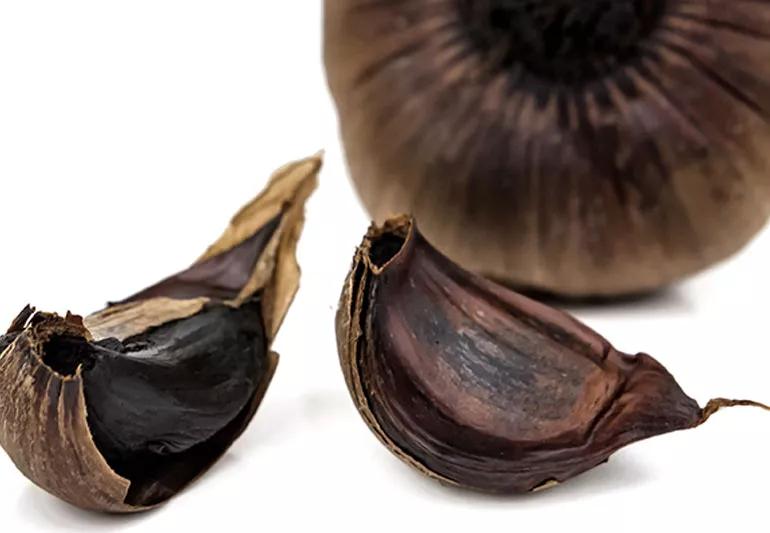
On its own, raw garlic is a pungent, powerful vegetable that can impact the flavor profile of any dish while also providing an abundance of health benefits. Many of those same health benefits are further amplified when you consider incorporating black garlic into your diet, according to registered dietitian Beth Czerwony, RD.
Advertisement
Cleveland Clinic is a non-profit academic medical center. Advertising on our site helps support our mission. We do not endorse non-Cleveland Clinic products or services. Policy
Black garlic is created through an extensive fermentation and aging process in which raw, white garlic bulbs are kept between 140 and 190 F (60 to 87 C) at high humidity for long periods — sometimes up to a month. This process causes the color, texture and taste of the entire bulb to change.
“This helps the bulb become tender and turn into this funky, black color,” says Czerwony.
First-timers may expect black garlic to taste like roasted garlic, but their flavor profiles are quite different: Rather than caramelizing its sugars at high heat like roasted garlic, black garlic is held at a consistent temperature for long periods, a “low and slow” process that gives it a molasses-like, subtly sweet flavor profile and a sticky texture.
Due to the fermentation and aging process, Czerwony says garlic’s inherent health benefits are simply amplified and improved from their original state. However, Czerwony warns that patients who are on blood thinners may want to remain cautious when considering incorporating black garlic into their diet.
“If you’re on blood thinners, garlic does tend to thin the blood a little bit more. But if you’re not allergic to it and you don’t have any kind of blood clotting disorders, those are the only things I’ve found as potential cons,” says Czerwony.
Advertisement
The health benefits of black garlic are wide-ranging.
Black garlic is a natural anti-inflammatory, and since we know that inflammation in the brain can impair memory or worsen brain function over time, black garlic can help with overall brain health. “There is a compound that some scientists found that is related to Alzheimer’s disease, and they’re thinking that if we could have less brain inflammation, then this compound will be less prevalent and decrease chances of people getting Alzheimer’s,” says Czerwony.
Antioxidants are substances that protect your cells from free radicals (molecules that play a role in many conditions like heart disease or cancer). Black garlic contains two to three times more antioxidants than raw garlic as a result of the fermentation process. “When we’re looking at antioxidants, that’s going to help protect your cells from oxidative damage,” says Czerwony. “There are even some studies that suggest it has anti-cancer properties and that it could protect your liver from damage.”
Having high blood sugar (hyperglycemia) can cause severe complications like heart disease, kidney failure and nerve damage, while having low blood sugar (hypoglycemia) can cause seizures, fainting and death. Irregular blood sugar levels can lead to or cause further complications with diabetes, but studies suggest black garlic helps regulate blood sugar levels. “Some black garlic has this probiotic that helps prevent the development of gestational diabetes,” says Czerwony. “Maybe this helps pull back on your appetite a little bit and reduce your blood sugar levels. When you have lower blood sugar, then the chances of having complications from diabetes decreases.”
Black garlic can reduce LDL “bad” cholesterol and increase your body’s HDL “good” cholesterol. As a result, this can decrease inflammation in your heart and arteries while increasing blood flow. “Overall, it’s going to help your lipid profile improve,” says Czerwony.
Since black garlic is much more pungent than raw, white garlic, Czerwony suggests using black garlic in small and powerful ways to start off.
“It may overwhelm other ingredients,” she says. “I would suggest using it as the central flavor.”
Some popular approaches to incorporating black garlic into your diet may include the following:
For every clove of garlic that a recipe calls for, Czerwony suggests using half that when cooking with black garlic, and then add more as-needed.
“Healthy foods still need to taste good,” says Czerwony. “Garlic is really easy to implement and gives dishes a flavor boost. This will get you to your health goals a little bit faster.”
Advertisement
You can find black garlic — whole bulbs, peeled cloves, purees and more — online, in health food stores and specialty supermarkets. You’ll want to store it at room temperature until you open it, and then you should keep it refrigerated for up to a month.
Advertisement
Learn more about our editorial process.
Advertisement

Some diets shun them, but research hasn’t concluded that they’re harmful

This versatile type of seaweed may help support weight loss, bone health and cancer prevention

Pickles are low in fat and calories and rich in some vitamins and minerals, but they’re usually high in sodium
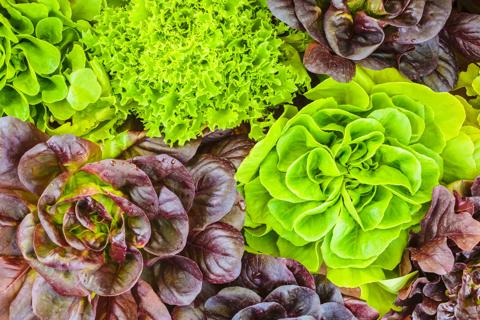
Lettuce is a versatile vegetable loaded with antioxidants and good-for-you nutrients
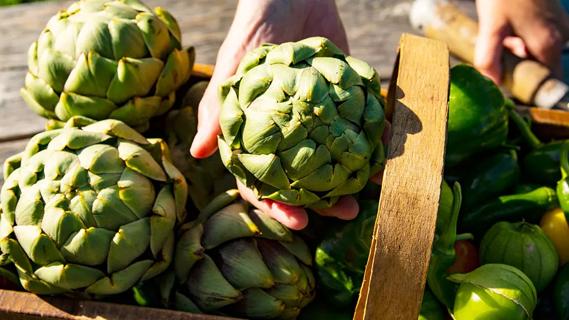
This unique-looking veggie is fiber-dense and antioxidant-rich, and can improve the health of your gut, liver and heart
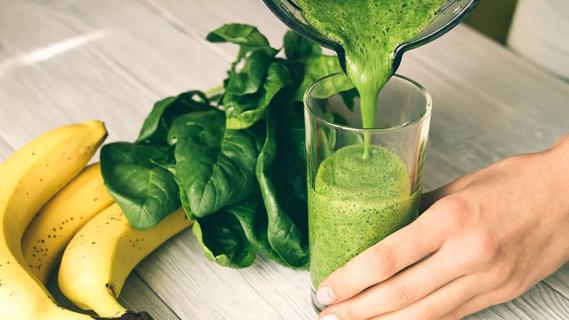
Vitamin-packed and antioxidant-rich, spinach can benefit your brain, eyes, blood and more
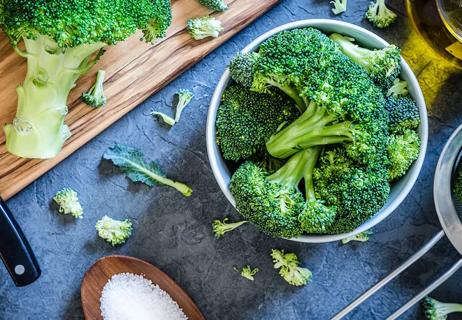
These ‘tiny trees’ provide disease-fighting nutrients and may protect your gut

It’s the flavor of fall, but it’s good to be wise about how you consume it

If you’re feeling short of breath, sleep can be tough — propping yourself up or sleeping on your side may help

If you fear the unknown or find yourself needing reassurance often, you may identify with this attachment style

If you’re looking to boost your gut health, it’s better to get fiber from whole foods